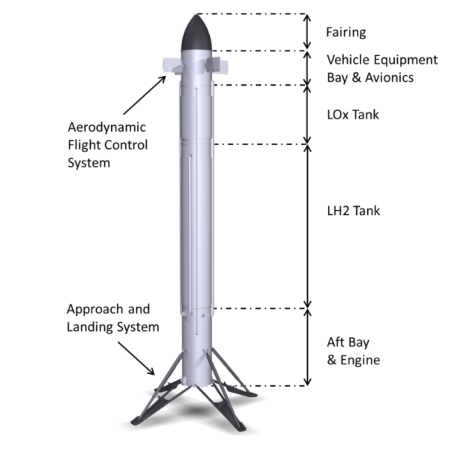Rocket startup Relativity experiencing money troubles
According to a report from Bloomberg today and based on anonymous sources, the rocket startup Relativity is experiencing serious cash shortages that threaten its future.
Relativity Space Inc., the privately held US maker of 3D-printed rockets that once soared to a $4.2 billion valuation, is running low on cash, raising questions about the future of its launch business, people familiar with the matter said.
The company has faced challenges raising additional capital, said the people, who spoke on condition of anonymity because the matter is confidential. Relativity, which last launched a rocket in March 2023 and has plans to launch its larger Terran R in 2026, hasn’t reached a decision on a path forward.
It is hard to say whether this information is correct. However, the story also had this tidbit that I myself have heard from my own sources:
The company also announced plans to incorporate more traditional manufacturing methods with Terran R, moving away from using 3D printing.
Since from its very founding Relativity touted 3D printing as the wave of the future, claiming its decision to build its rockets entirely in that manner would produce rockets fast and cheaply. That it is no longer doing this suggests that reality was not the same as these visions, and the company discovered that it is better to look for the best way to do each thing rather than try to fit everything into the same mold.
It also appears that the company spent a lot of its capital trying to make 3D printing work, and as a result it is now short of cash.
According to a report from Bloomberg today and based on anonymous sources, the rocket startup Relativity is experiencing serious cash shortages that threaten its future.
Relativity Space Inc., the privately held US maker of 3D-printed rockets that once soared to a $4.2 billion valuation, is running low on cash, raising questions about the future of its launch business, people familiar with the matter said.
The company has faced challenges raising additional capital, said the people, who spoke on condition of anonymity because the matter is confidential. Relativity, which last launched a rocket in March 2023 and has plans to launch its larger Terran R in 2026, hasn’t reached a decision on a path forward.
It is hard to say whether this information is correct. However, the story also had this tidbit that I myself have heard from my own sources:
The company also announced plans to incorporate more traditional manufacturing methods with Terran R, moving away from using 3D printing.
Since from its very founding Relativity touted 3D printing as the wave of the future, claiming its decision to build its rockets entirely in that manner would produce rockets fast and cheaply. That it is no longer doing this suggests that reality was not the same as these visions, and the company discovered that it is better to look for the best way to do each thing rather than try to fit everything into the same mold.
It also appears that the company spent a lot of its capital trying to make 3D printing work, and as a result it is now short of cash.














